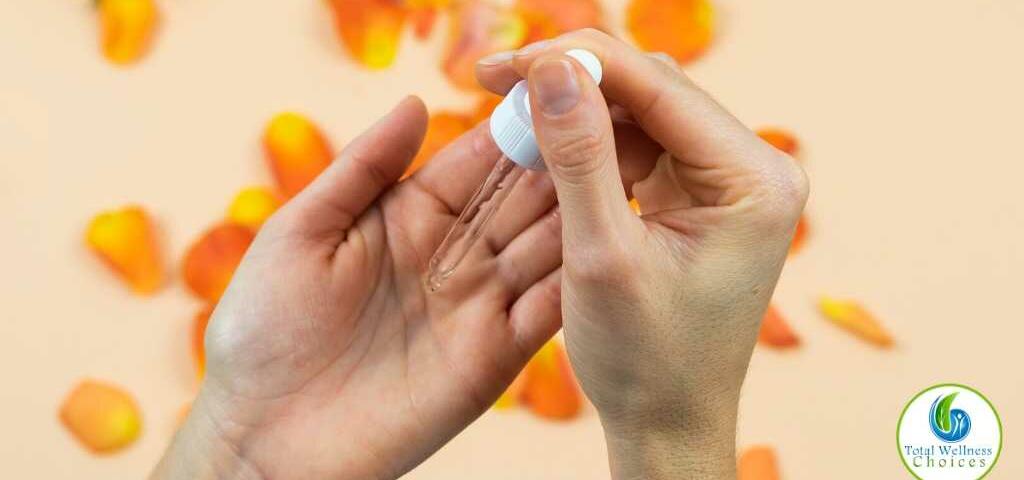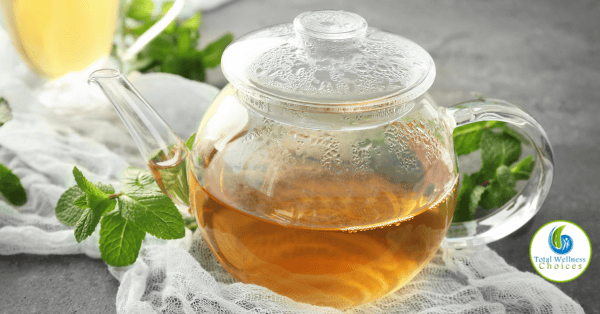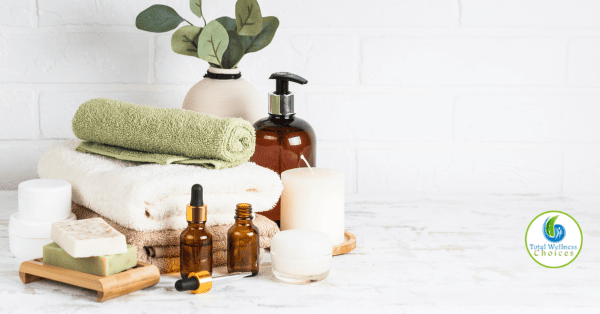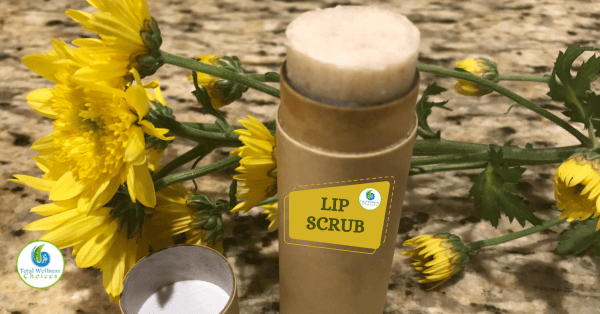Where to Apply Essential Oils

10 Foods that Reduce Inflammation Naturally
April 28, 2020
9 Best Essential Oils for Immune Support
August 1, 2020Where to Apply Essential Oils Topically for Best Results!
Find out where to apply essential oils topically and learn how to apply them safely.
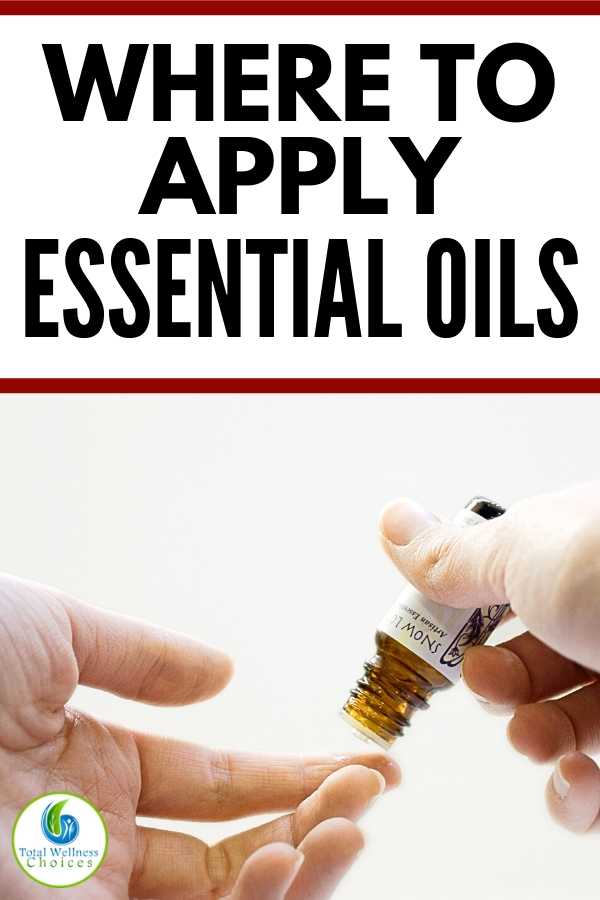
It seems like everyone is using essential oils these days. You’ll even find them in commercial air fresheners, in laundry detergent, and in lotions and other bath and body products in the stores.
Essential oils can have therapeutic benefits for your skin, hair, and mind, but it is important to use them responsibly and properly.
Essential oils should be diluted properly to prevent skin irritation. It’s also important not to use some essential oils on some parts of your body due to irritation or photosensitivity.
Learn more about where to apply essential oils safely so you can get the benefits of your favorite oils without causing any harm to your skin or body.
Where Do You Apply Essential Oils? Things to Consider First
Before using any essential oils topically, it’s important to dilute them with a carrier oil. You can use an oil like sweet almond oil, coconut oil, argan oil, or other liquid oil.
Avoid applying oils to sensitive areas of the body like the eye area, inside the ears, inside the nose, or on any broken skin.
Spot Test
Before you apply essential oil to the skin, always do a spot test or patch test. To do this, mix a small amount of the essential oil and carrier oil in twice the concentration that you would normally use.
Apply a few drops to a bandage and apply to your forearm. After 48 hours, remove the bandage and check for redness.
If you experience any redness, itching, bumps, or your skin swells, remove the bandage immediately, rub a carrier oil on the area to dilute the essential oil, and do not use that essential oil topically.
Hot Essential Oils
Some essential oils are called “hot” oils; they can cause a warming sensation when applied topically.
Hot oils include:
- Cinnamon bark
- Cassia
- Lemongrass
- Clove
- Oregano
- Thyme
- Black pepper
- Ginger
- Wintergreen
Spearmint and peppermint are considered cool oils when used in a low percentage dilution (1-2% only recommended). They can cause irritation for some people,
Peppermint can become hot, burning, and/or painful if the dilution is too high!
It is important to keep peppermint away from children especially under the age of five. Especially stay away from a young child’s face – neither apply or diffuse – as it can be neurotoxic to them!
Since these oils are warming on the skin, they are sometimes used for pain relief. They are usually blended with other oils so they are in a low concentration and don’t cause irritation.
Click here to see my favorite essential oil brand
Photosensitivity and Essential Oils
Some essential oils can be photosensitive or phototoxic. It’s recommended that you are not in the sun for 12 hours after using them topically.
Photosensitive and phototoxic essential oils include:
- Grapefruit
- Lemon
- Bergamot
- Lime
- Bitter Orange
- Cumin
Related: A Complete Guide to Essential Oils for Beginners
How to Apply Essential Oils Topically
Since you have to dilute essential oils, the easiest way to apply essential oils topically is to use a roller bottle.
They are inexpensive and easy to make. Simply add the correct number of drops to the bottle, fill the bottle with a carrier oil, and shake gently. It is then ready to use when you need it.
You can also measure the carrier oil in your hand or in a bowl and add the essential oils and apply to your body. This method is good for trying new oils or blends, but it’s messy and takes extra time.
Essential Oil Dilution
It’s important to dilute essential oils safely. Generally, you’ll use between 1 and 5 percent for adults, with 3 percent recommended for normal daily use.
To make these dilutions per 10 ml of a carrier oil, use 2 drops for 1 percent dilution, 4 drops for 2 percent dilution, 6 drops for 3 percent dilution, and 10 drops for a 5 percent dilution.
An aromatherapist or doctor may suggest a stronger dilution, but it’s generally not recommended without their supervision.
How Do Essential Oils Work Topically
Essential oils work by penetrating the skin and entering the bloodstream. When you apply the oils to areas that are close to a pulse point, with large pores, or where the skin tends to be thinner, it helps the oils get into the bloodstream quicker.
Heat and massage can also help boost absorption rates. It’s recommended that you rub the oils in a circular motion when you apply them. This boosts circulation and creates some heat from friction.
Where to Apply Essential Oils Topically for Best Results
Temples
The temples are a common place to apply essential oils. This is often used in a blend for headaches, to promote sleep, or for stress relief.
Your temples are a pulse point, so blood vessels and your temporal artery are close to the surface of the skin. This allows the essential oils to get into your bloodstream quicker.
Chest
If you have a cough, cold, allergies, or sinus problems, apply diluted essential oils to your chest. You will inhale the vapors, which can help loosen chest congestion.
Stomach
If you’re having digestion issues or for women having cramps, apply diluted essential oils directly to the stomach area.
It’s best to rub in a clockwise circle for digestion issues.
Feet
Some people believe that oils work faster when they are applied to your feet, but this hasn’t been proven. That said, your feet do have several reflexology points and some of the largest pores on the body.
When you apply oils to your feet, they pass through the large pores easier and into your bloodstream where it is said that you’ll feel the effects quicker.
You can apply essential oils to the bottom of your feet for several different ailments.
Behind the Ears
The skin behind the ears is more absorbent than on most of your body. This allows essential oils to penetrate the skin quicker.
You also have a pressure point behind the ear, which may help you get relief from inflammation, swelling and pain when you apply oils here.
Wrists
The inner wrist is a pulse point. Your radial artery runs through the inside of the wrist. This helps boost the absorption of essential oils into your bloodstream for quicker relief.
Ankles
Although not a popular place to apply essential oils, the ankles are a pulse point with the posterior tibial artery.
Behind the Knees
The popliteal artery runs behind the knee, making it a pulse point. You can apply oils here to go into the bloodstream quickly.
Problem Areas
For bug bites, pain, and blemishes, apply the essential oils directly to the area.
Click here to see my favorite essential oil brand
Related:
I hope you found the tips on where to apply essential oils topically helpful.
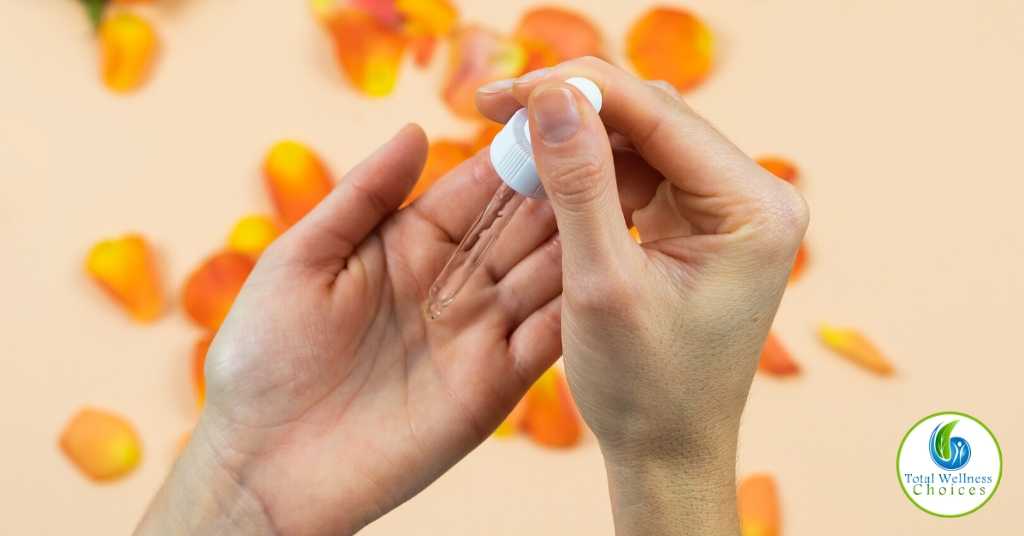
These statements have not been evaluated by the Food and Drug Administration. This article is for educational and informational purposes only and does not intend to diagnose or treat any disease. It is always recommended that you seek the advise of your private medical doctor.

